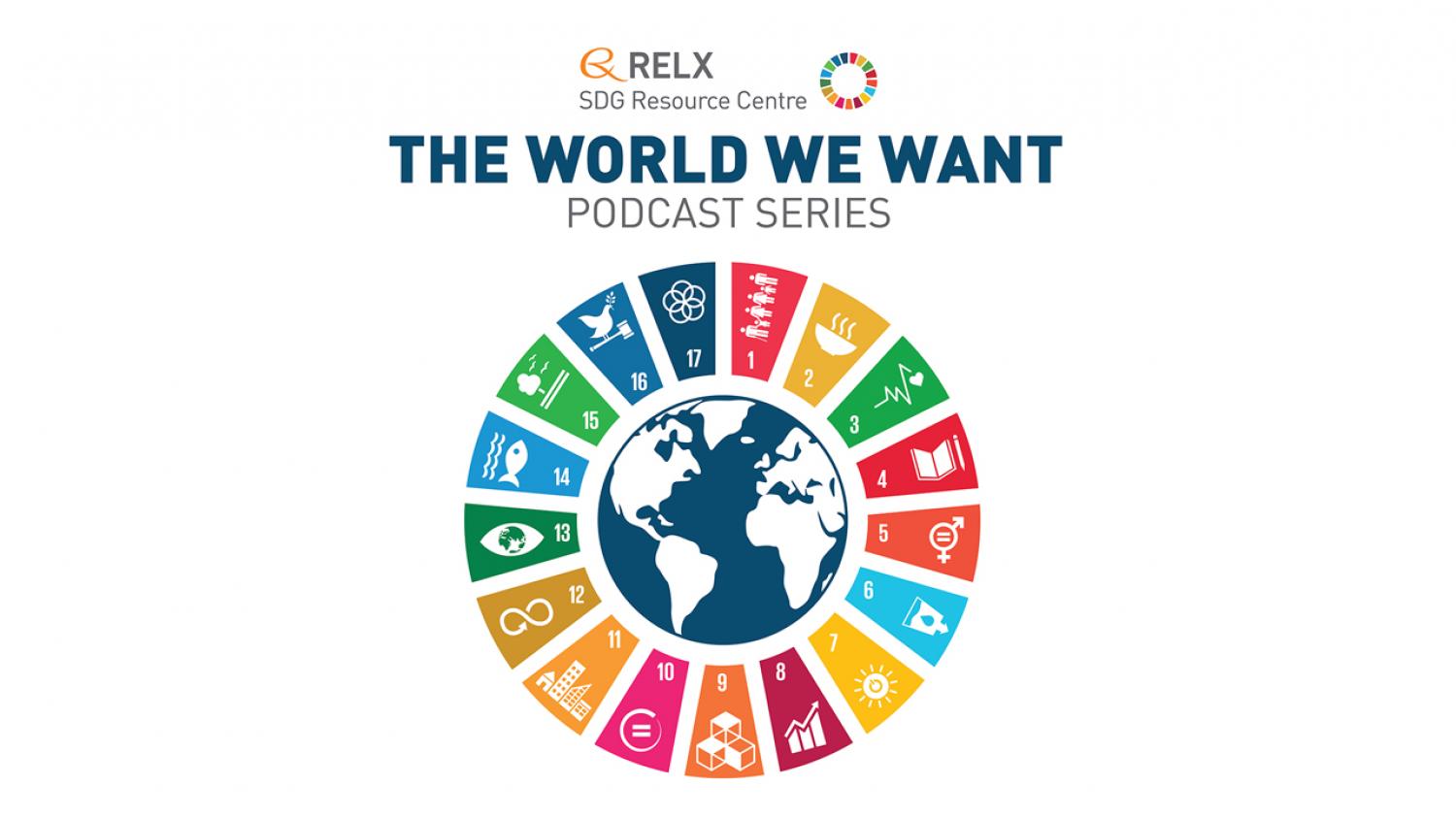This text ties into SDG 7 (Affordable and Clean Energy) and SDG 9 (Industry, Innovation, and Infrastructure). It focuses on the development and enhancement of inorganic multifunctional nanomaterials for energy applications, which are crucial for improving energy efficiency, storage, and conversion, thereby supporting sustainable energy solutions and innovative infrastructure development.
This content aligns with Goal 3: Good Health by emphasizing the importance of early diagnosis and comprehensive evaluation of hearing loss in children, which is crucial for preventing delays in speech, social development, and learning outcomes. By highlighting the genetic causes of hearing loss and the role of genetic testing, the chapter promotes effective interventions that can significantly improve health and developmental outcomes for affected individuals. Additionally, it supports Goal 10: Reduced Inequalities by advocating for accessible diagnostic processes and personalized care strategies that ensure all children, regardless of their background, receive the necessary support to address hearing loss and its associated challenges.
This article supports SDGs 13, 15 and SDG 11 by exploring the utilization of soil microbe based desertification management practices and highlighting emerging technologies in the field. It discusses the policy implications and strategies that can support sustainable land use practices.
Transportation electrification is a critical step toward energy transition and a low-carbon society, with wide-ranging social and economic impacts. This study examines the significant role of the 2023 United Auto Workers strike in the context of transportation electrification, with a focus on its implications for the automotive industry and labor market dynamics.
In this episode of the "World We Want" podcast, Márcia Balisciano interviews Marty Odlin, Founder and CEO, Running Tide. They discuss Running Tide's business model and how it plans to mitigate ocean acidification while remaining self-sustainable in the long run.
This heartbreaking/hopeful (it varies depending on perspective) One Earth Research Article shows that children view climate change as an existential threat, and want to know what they can do about it (SDG 13).
This One Earth Perspective sets priorities for studying how/where people will move in response to climate change and whether it is adaptive (SDG 13).
This Editorial highlights disparities and inequalities in access to cancer screening and treatment (and consequently worse survival outcomes) in people with physical and intellectual disabilities.
This Personal View supports SDGs 3 and 13 by presenting research recommendations to advance disability-inclusive climate research and responses .
This chapter aligns with Goals 9, 11, and 13 by outlining nondestructive evaluation methods which extend the lifecycle of these buildings and make their materials more durable.


